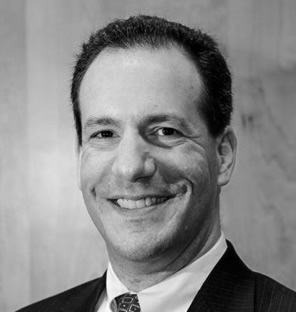- Video Library
- Retia Medical | Marc Zemel, CEO
Retia Medical | Marc Zemel, CEO

Marc Zemel
Entrepreneur with expertise in leading new business and product development teams for Fortune 500 and small companies. I have over 15 years of experience in international and domestic medical device, imaging and capital equipment markets. One of my strengths, and passions, is to use a combination of engineering and business skills to find ways to commercialize new technologies and applications.
Marc Zemel
Entrepreneur with expertise in leading new business and product development teams for Fortune 500 and small companies. I have over 15 years of experience in international and domestic medical device, imaging and capital equipment markets. One of my strengths, and passions, is to use a combination of engineering and business skills to find ways to commercialize new technologies and applications.

17011 Beach Blvd, Suite 500 Huntington Beach, CA 92647
714-847-3540© 2025 Life Science Intelligence, Inc., All Rights Reserved. | Privacy Policy







